Related publications
-
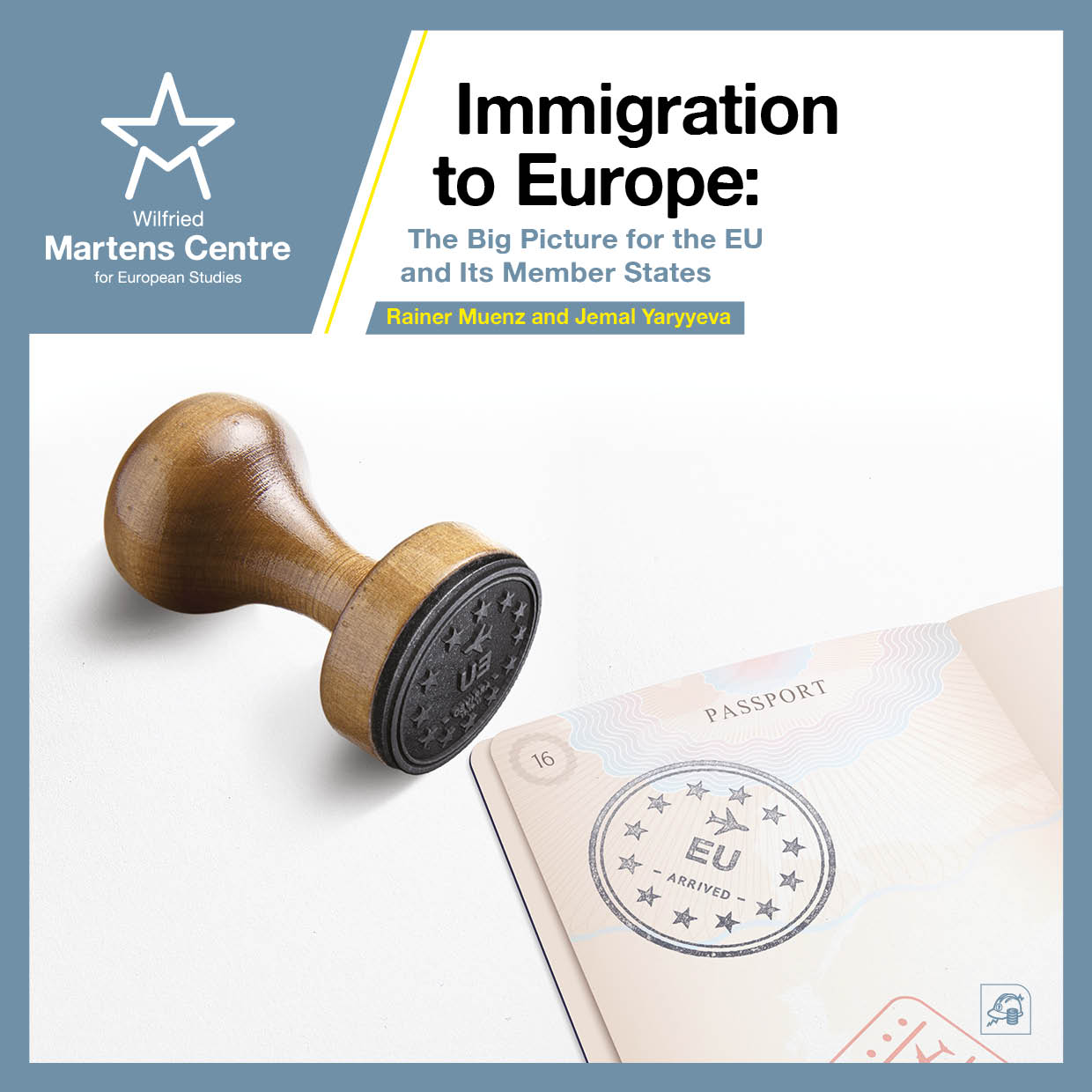
Research Papers
Immigration to Europe: The Big Picture for the EU and Its Member States
-
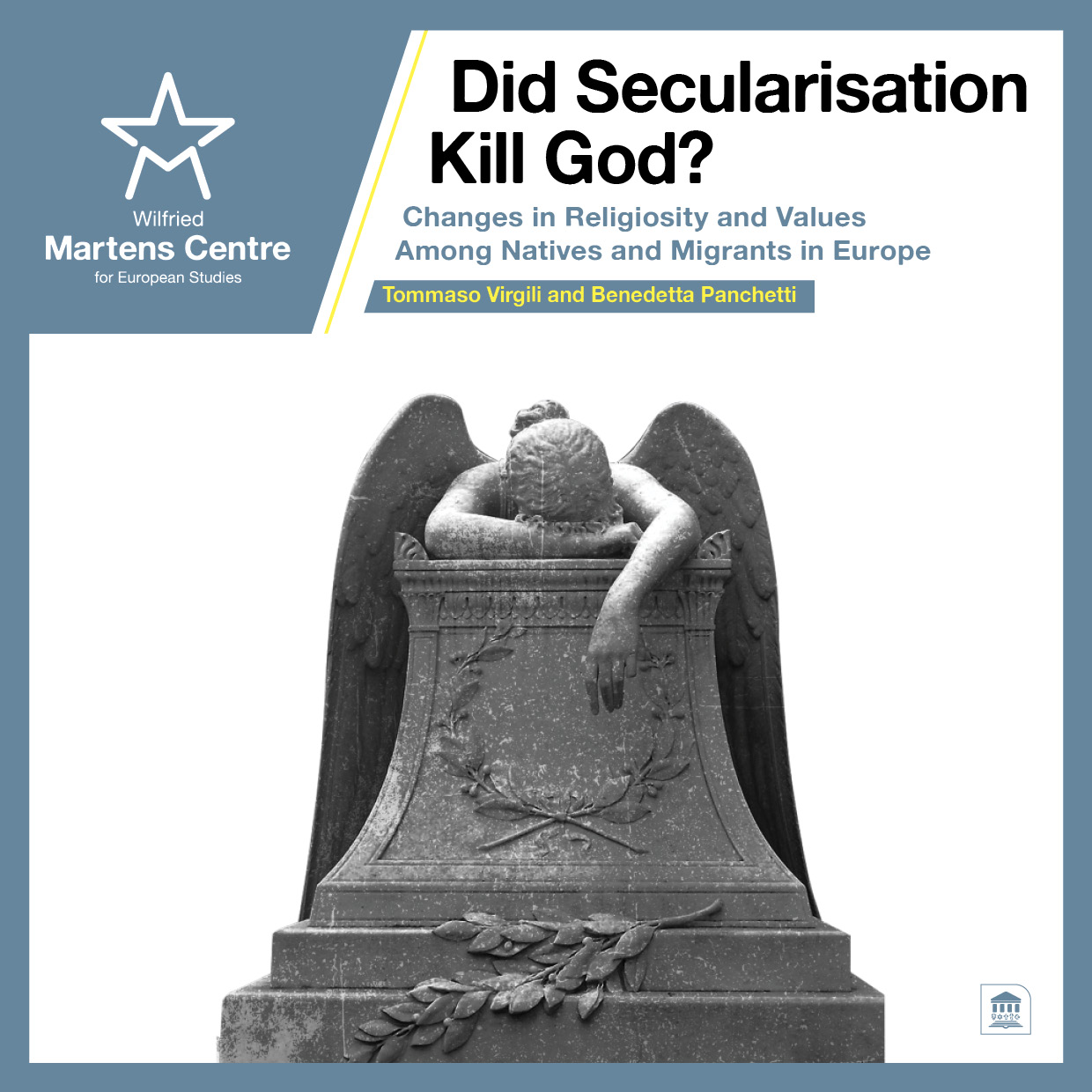
Research Papers
Did Secularisation Kill God? Changes in Religiosity and Values Among Natives and Migrants in Europe
-

Collaborative
Transatlantic Trade and Technology: Partners or Rivals?
-
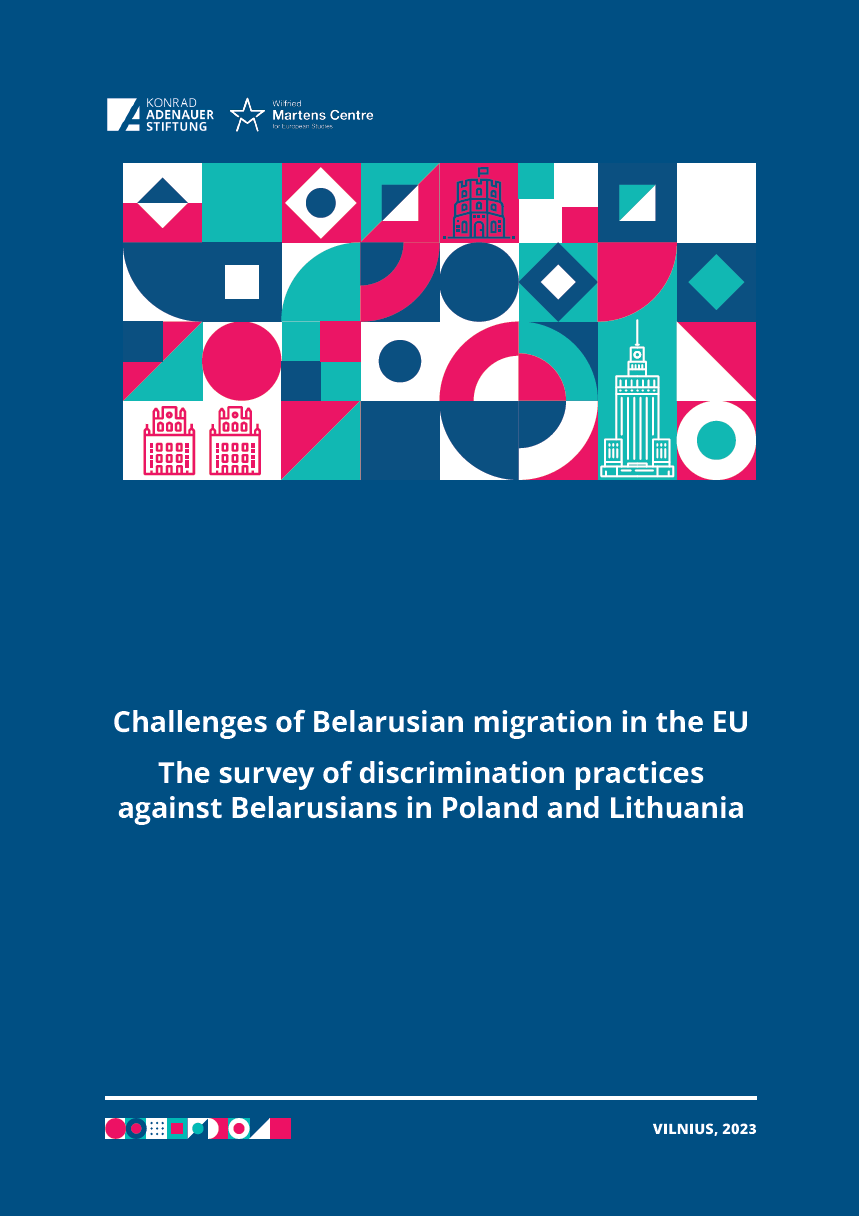
Collaborative
Challenges of Belarusian Migration in the EU
-
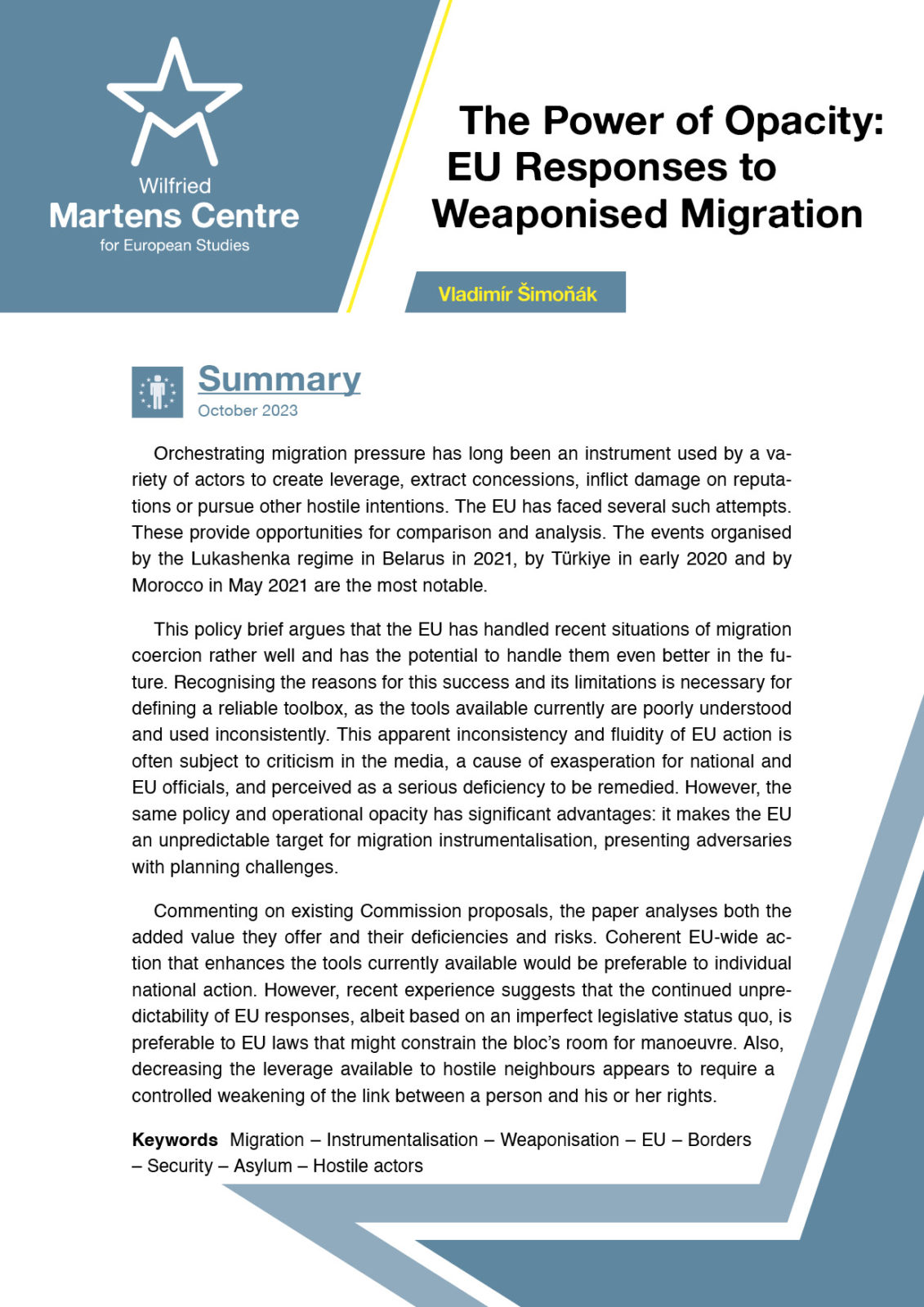
Policy Briefs
The Power of Opacity: EU Responses to Weaponised Migration
-
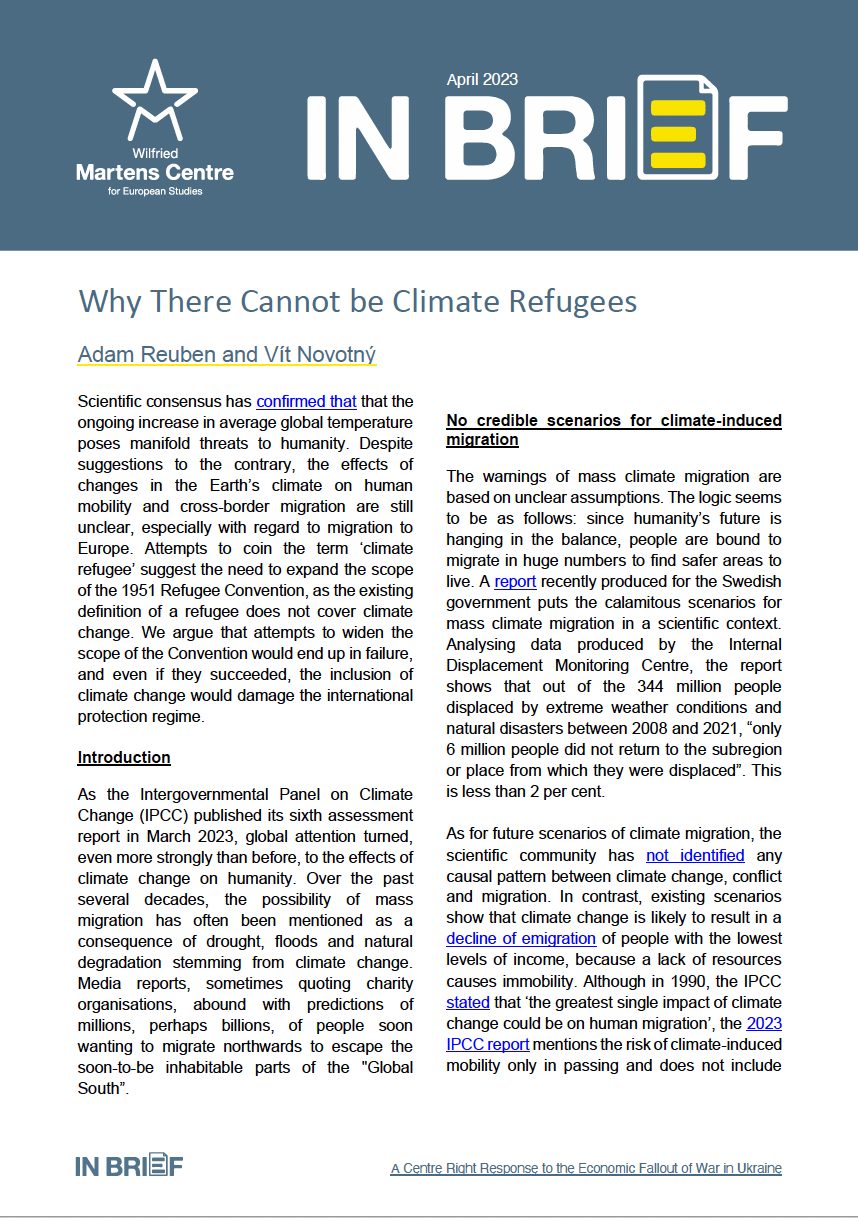
IN BRIEF
Why There Cannot be Climate Refugees
-
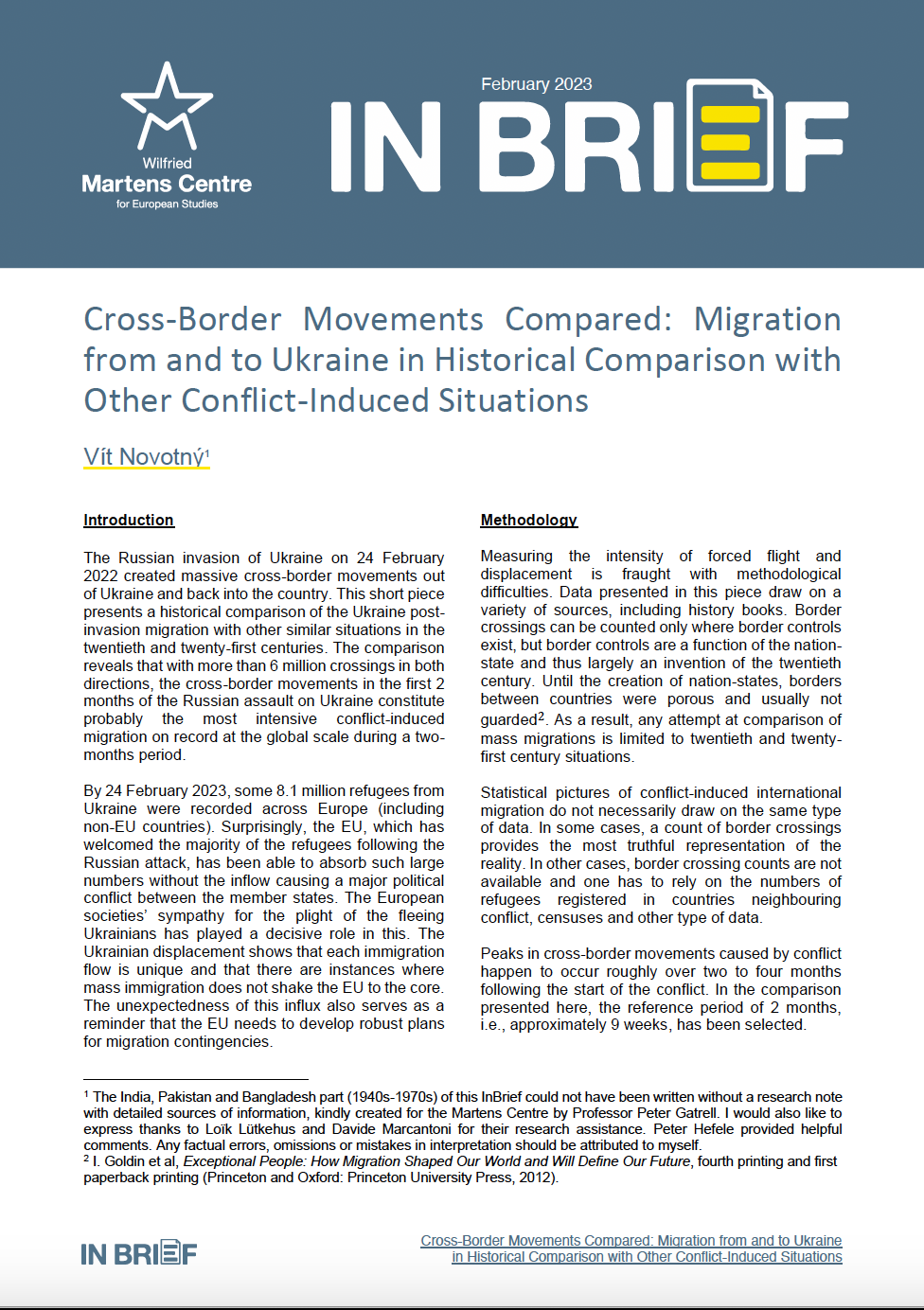
Ukraine
Cross-Border Movements Compared: Migration from and to Ukraine in Historical Comparison with Other Conflict-Induced Situations
-
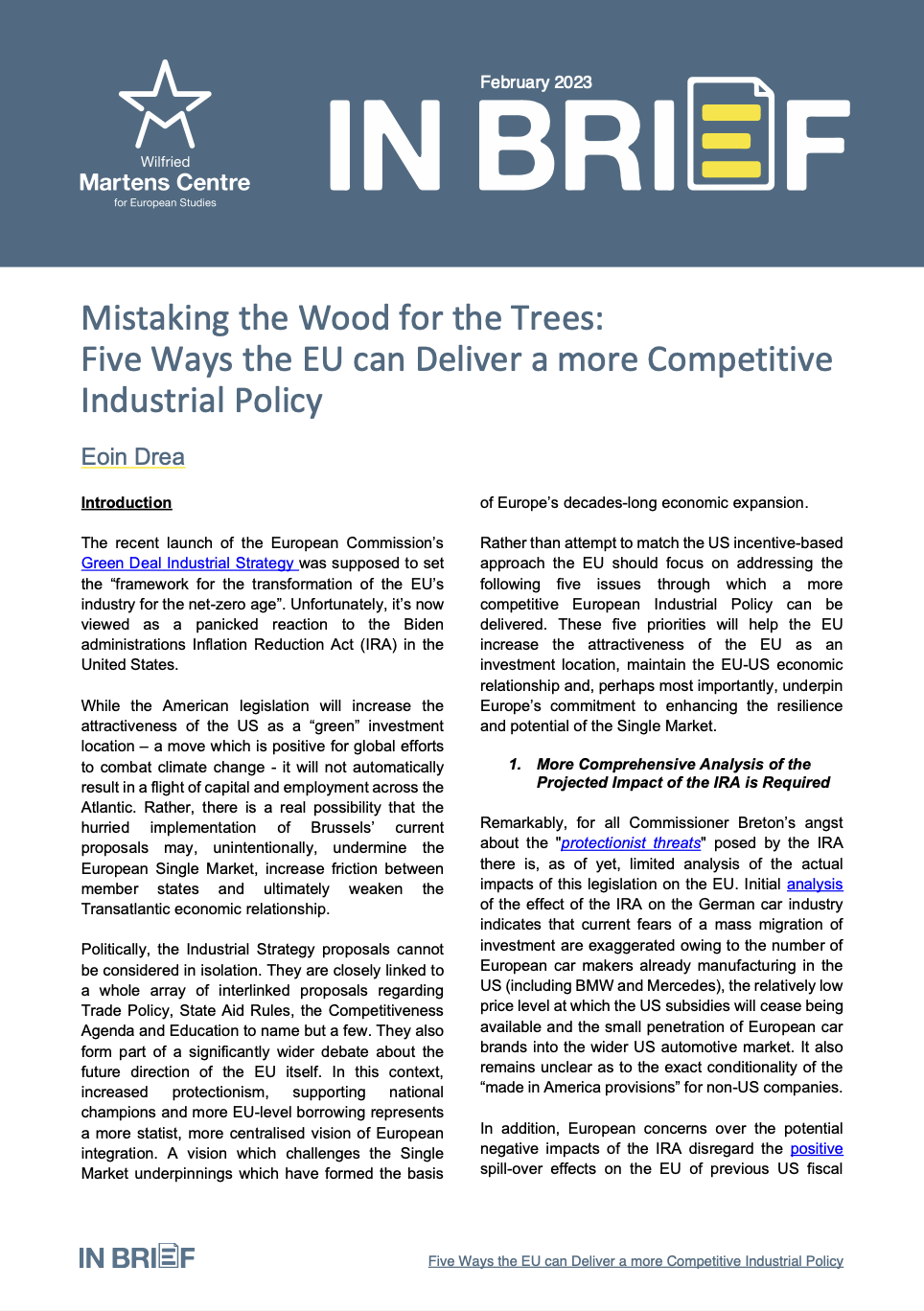
IN BRIEF
Mistaking the Wood for the Trees: Five Ways the EU can Deliver a more Competitive Industrial Policy











